When it comes to maintaining a beautiful and thriving garden, having the right tools at your disposal is essential. One such tool that every gardener should consider investing in is a high-quality digger. Whether you need to create planting holes, remove weeds, or loosen compacted soil, a digger tool can enhance your gardening experience and improve the overall health of your garden. In this guide, we will explore the key factors to consider when selecting the best digger tool for your garden. 1. Understand Your Needs: Before purchasing a digger tool, it’s important to assess your specific gardening requirements. Consider the size of your garden, the soil type, and the tasks you wish to accomplish. Digger tools come in various shapes and sizes, so understanding your needs will help you make an informed decision.
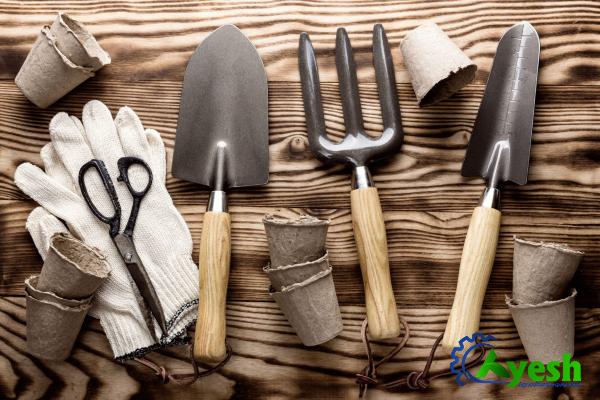
.
 2. Types of Digger Tools: There are several types of digger tools available on the market, each designed to tackle specific gardening tasks. Some common types include: a. Spades: Spades are versatile digging tools characterized by a flat, sharp blade with a straight or slightly curved edge. They are ideal for digging planting holes, lifting plants, and cutting through soil and roots. b. Shovels: Shovels have a larger, wider blade and are great for moving large amounts of soil, gravel, or debris. They are useful for tasks such as removing weeds, relocating plants, and filling trenches or holes. c. Trowels: Trowels have a small, narrow blade, making them perfect for precise digging, planting, and transplanting. They are easy to handle and are great for working in tight spaces or delicate areas.
2. Types of Digger Tools: There are several types of digger tools available on the market, each designed to tackle specific gardening tasks. Some common types include: a. Spades: Spades are versatile digging tools characterized by a flat, sharp blade with a straight or slightly curved edge. They are ideal for digging planting holes, lifting plants, and cutting through soil and roots. b. Shovels: Shovels have a larger, wider blade and are great for moving large amounts of soil, gravel, or debris. They are useful for tasks such as removing weeds, relocating plants, and filling trenches or holes. c. Trowels: Trowels have a small, narrow blade, making them perfect for precise digging, planting, and transplanting. They are easy to handle and are great for working in tight spaces or delicate areas.
..
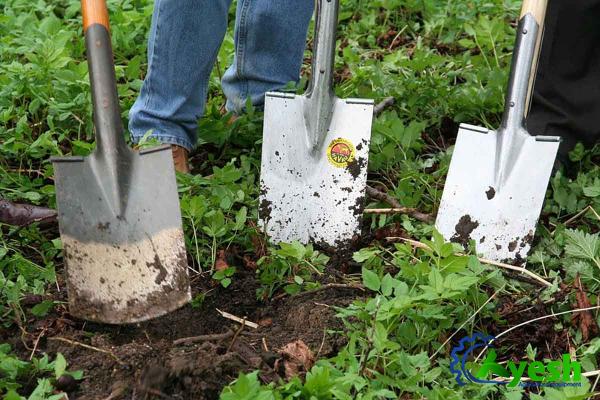 d. Forks: Forks feature multiple tines and are effective in breaking up compacted soil, aerating, and turning compost. They are also useful for removing stones or debris and mixing soil additives. 3. Consider the Material: The material of a digger tool impacts its durability and performance. Common materials include stainless steel, carbon steel, and aluminum. Stainless steel is resistant to rust and corrosion, making it an excellent long-term investment. Carbon steel is sturdy and perfect for heavy-duty tasks, but it requires regular maintenance to prevent rust. Aluminum is lightweight and easy to handle but may not be suitable for heavy digging. 4. Ergonomics and Comfort: Choosing a digger tool with an ergonomic design will ensure maximum comfort during extended periods of use. Look for features such as cushioned handles, non-slip grips, and a balanced weight distribution.
d. Forks: Forks feature multiple tines and are effective in breaking up compacted soil, aerating, and turning compost. They are also useful for removing stones or debris and mixing soil additives. 3. Consider the Material: The material of a digger tool impacts its durability and performance. Common materials include stainless steel, carbon steel, and aluminum. Stainless steel is resistant to rust and corrosion, making it an excellent long-term investment. Carbon steel is sturdy and perfect for heavy-duty tasks, but it requires regular maintenance to prevent rust. Aluminum is lightweight and easy to handle but may not be suitable for heavy digging. 4. Ergonomics and Comfort: Choosing a digger tool with an ergonomic design will ensure maximum comfort during extended periods of use. Look for features such as cushioned handles, non-slip grips, and a balanced weight distribution.
…
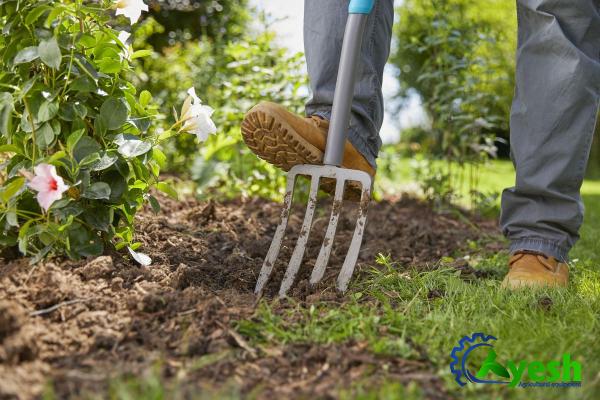 A comfortable grip reduces strain on your hands and prevents fatigue, allowing you to work efficiently without discomfort or injury. 5. Quality and Brand Reputation: Investing in a high-quality digger tool from a reputable brand ensures durability, reliability, and better overall performance. Reading reviews, seeking recommendations, and researching trusted gardening tool manufacturers will help you make an informed decision. Conclusion: Selecting the right digger tool for your garden is crucial for an enjoyable and efficient gardening experience. By considering your specific needs, the type of digger tool required, the material, ergonomics, and quality, you can find the perfect tool to help you create and maintain a beautiful garden. Remember, a well-chosen digger tool is an investment that will save time and effort in the long run, ensuring your garden thrives for years to come.
A comfortable grip reduces strain on your hands and prevents fatigue, allowing you to work efficiently without discomfort or injury. 5. Quality and Brand Reputation: Investing in a high-quality digger tool from a reputable brand ensures durability, reliability, and better overall performance. Reading reviews, seeking recommendations, and researching trusted gardening tool manufacturers will help you make an informed decision. Conclusion: Selecting the right digger tool for your garden is crucial for an enjoyable and efficient gardening experience. By considering your specific needs, the type of digger tool required, the material, ergonomics, and quality, you can find the perfect tool to help you create and maintain a beautiful garden. Remember, a well-chosen digger tool is an investment that will save time and effort in the long run, ensuring your garden thrives for years to come.
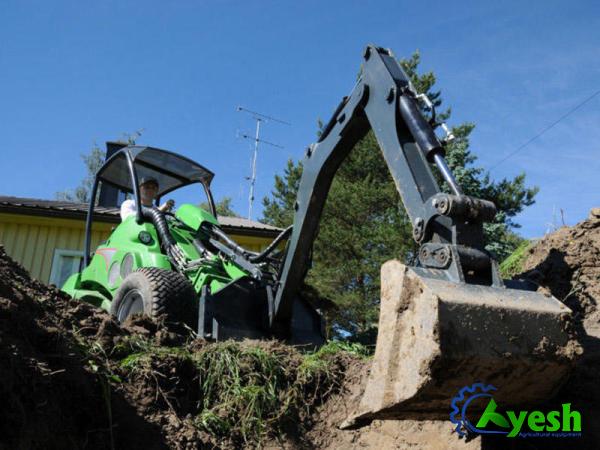
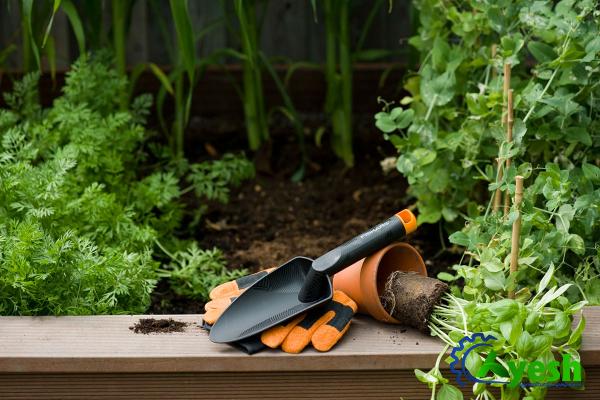
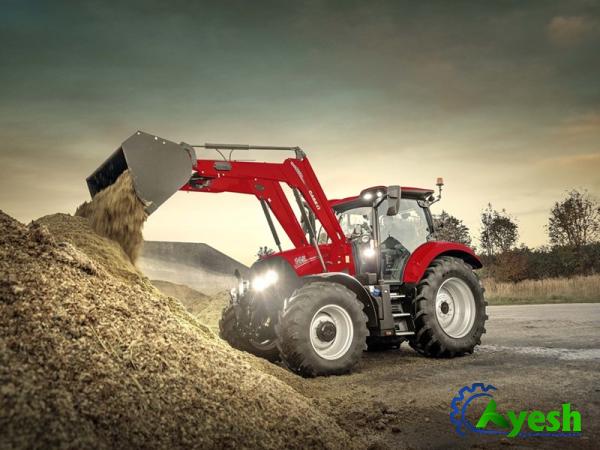

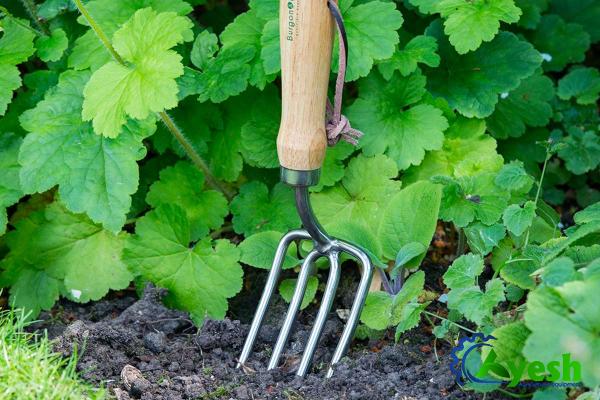
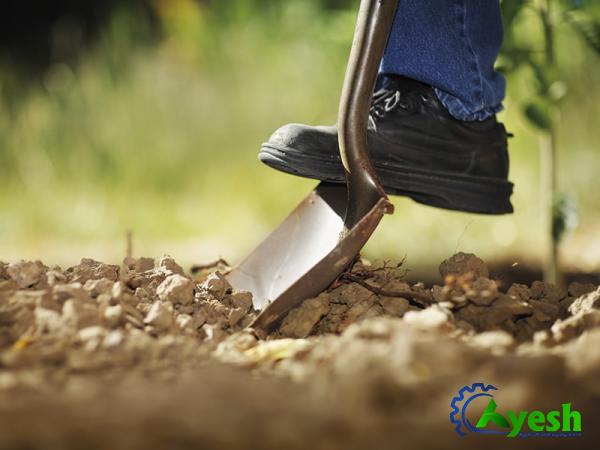
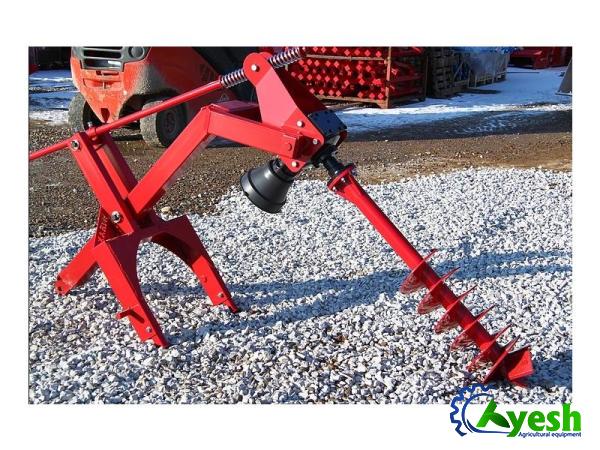
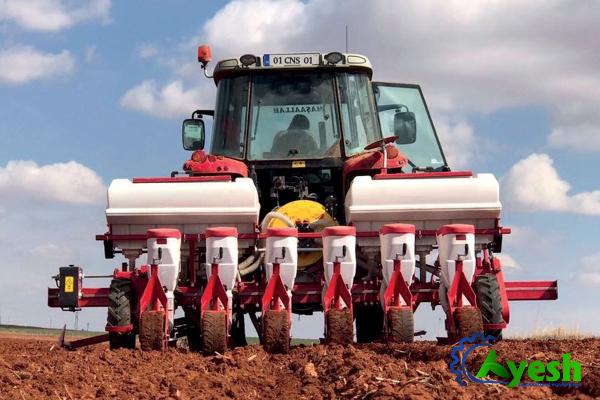


Your comment submitted.